A dipole is placed at origin of corrdinate system as shown in figure, find the electric field at point P(0,y)
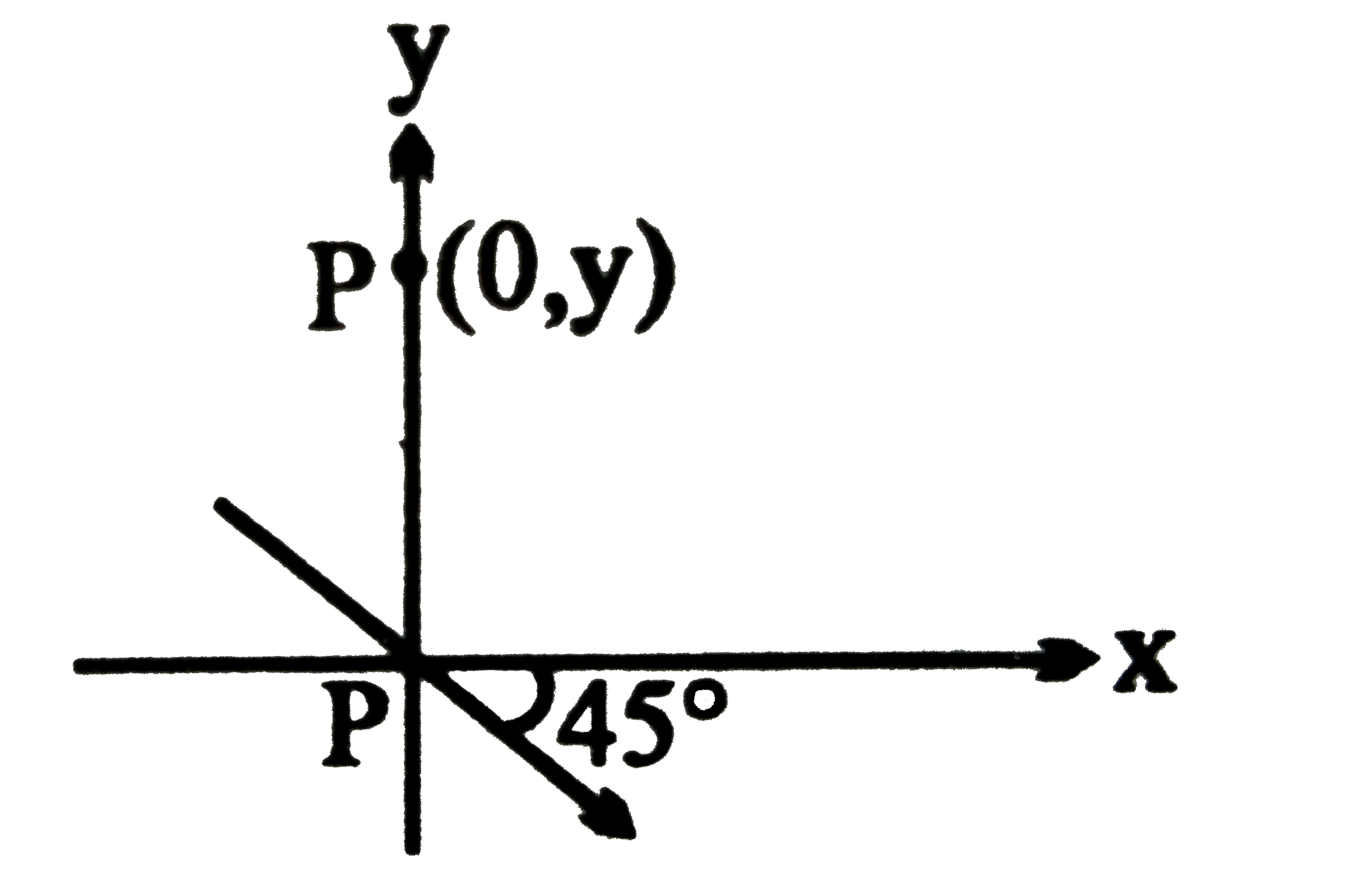 .
.
The correct Answer is:kP√2y3(−ˆI−2ˆj)
E1 fild intensity at P due to p cos θ
E2= Field intensity at P due to Psinθ
→E1=KPcosθy3(−ˆj)
(##NGPHYC01E01114_S01.png width=80%><br>vec E _p = vec E_1 = vec E_2 = (KP cos theta)/(y^3) (- hat i) + ( 2 KP sin theta)/y^2 (- hat j)<br>Bypu∈gtheta = 45^@, vec E_p = (KP)/(sqrt 2 y^3) (- hat i - 2hat j).
Similar Questions
A dipole is placed at origin of coordinate system as shown in figure, find the electric field at point P(0,y).
[KP√2y3(−ˆi−2ˆj)]
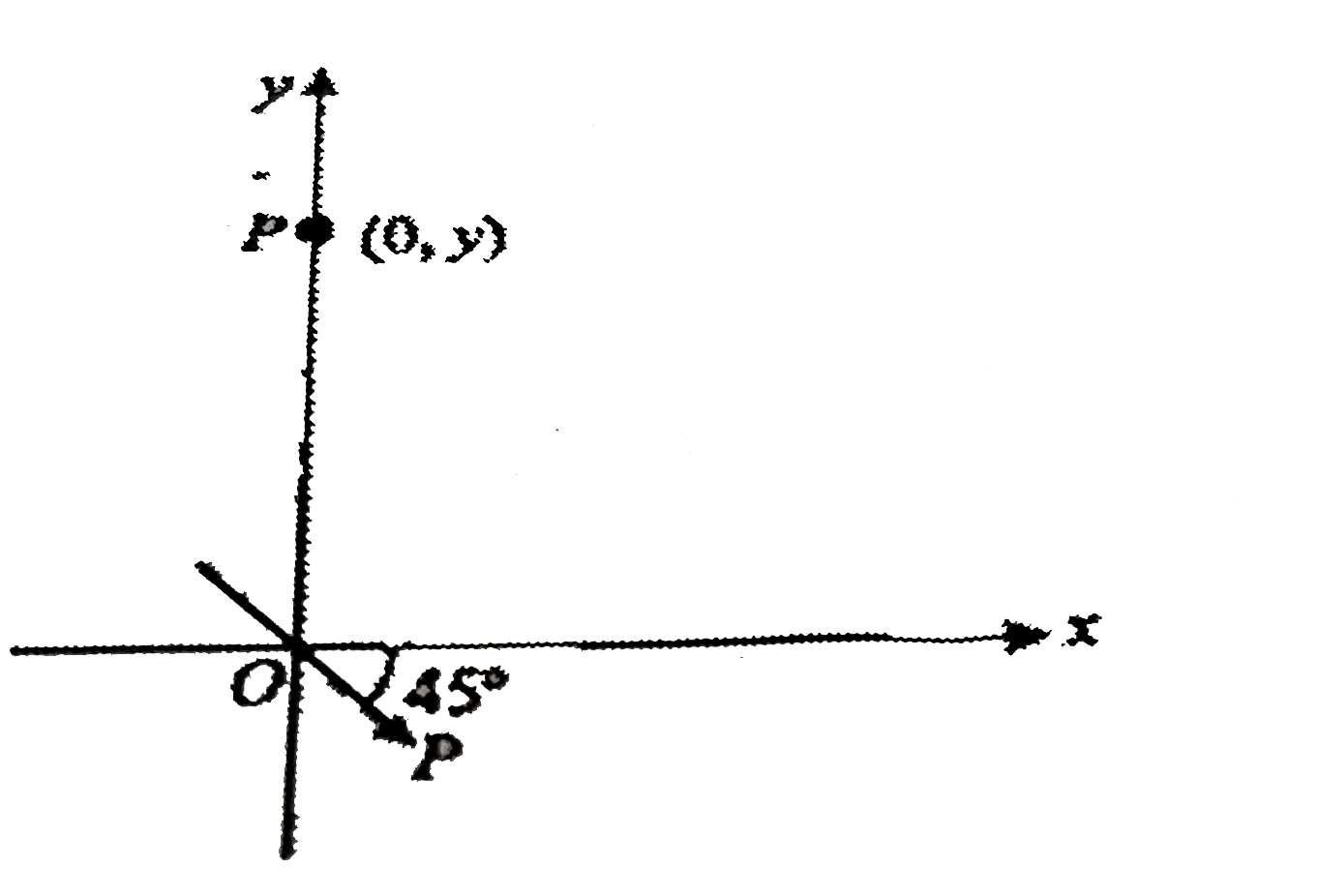 View Solution
View SolutionA short magnetic dipole when placed at origin with its dipole moment oriented along x-axis , the magnetic field at the point (a,0) is →B . What will be the magnetic field at the above point , if another identical dipole is also placed at origin with its dipole moment oriented along y-axis ?
View Solution
Knowledge Check
- Question 1 - Select One
An electric dipole is placed along x–axis at the origin as shown in the figure. Electric field at the point P is parallel to the y–axis. If x–coordinate of P √2 is m, what is its y–coordinate?
A1 mB2 mC3 mD4 m - Question 2 - Select One
Three infinitely long charge sheets are placed as shown in figure. The electric field at point P is
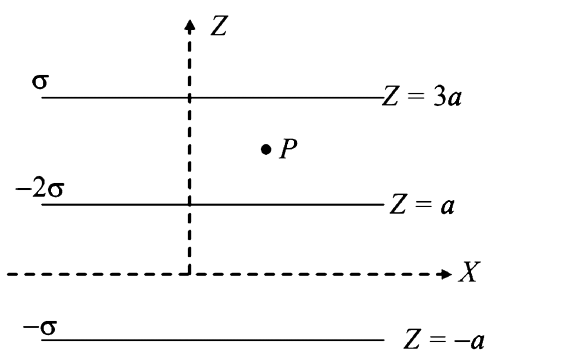 A2σε0ˆkB−2σε0ˆkC4σε0ˆkD−4σε0ˆk
A2σε0ˆkB−2σε0ˆkC4σε0ˆkD−4σε0ˆk - Question 3 - Select One
Three infinitely long charge sheets are placed as shown in figure. The electric field at point P is
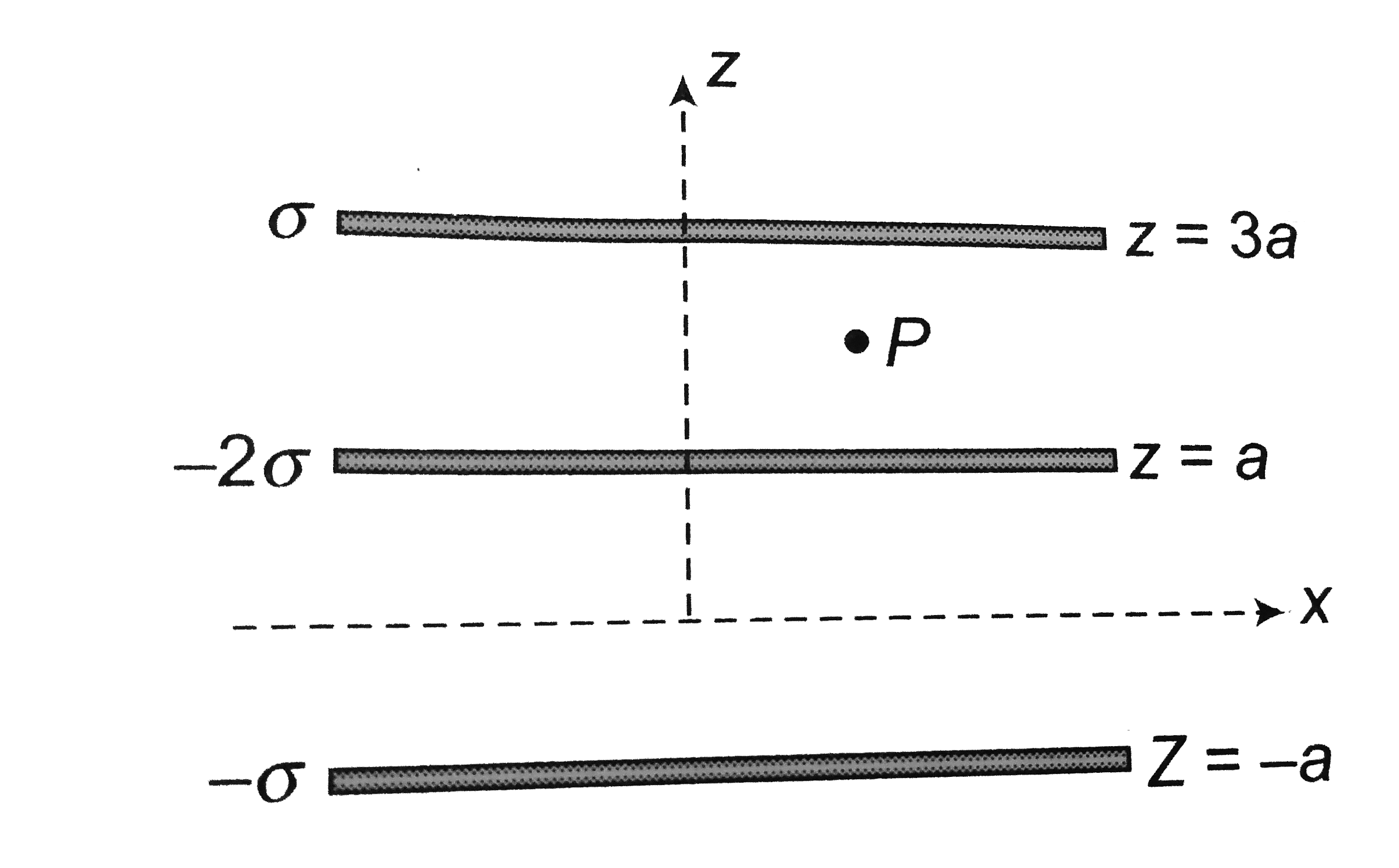 A2σε0ˆkB−2σε0ˆkC4σε0ˆkD−4σε0ˆk
A2σε0ˆkB−2σε0ˆkC4σε0ˆkD−4σε0ˆk
An element Δ→l=Δxˆi is placed at the origin as shown in figure and carries a current I=2A. Find out the magnetic field at a point P on the y-axis at a distance of 1⋅0m due to the element Δx=1cm. Give also the direction of the field produced.
 View Solution
View SolutionA short dipole of dipole moment P is placed near a point charge Q as shown in figure. Find force on the dipole due to the point charge
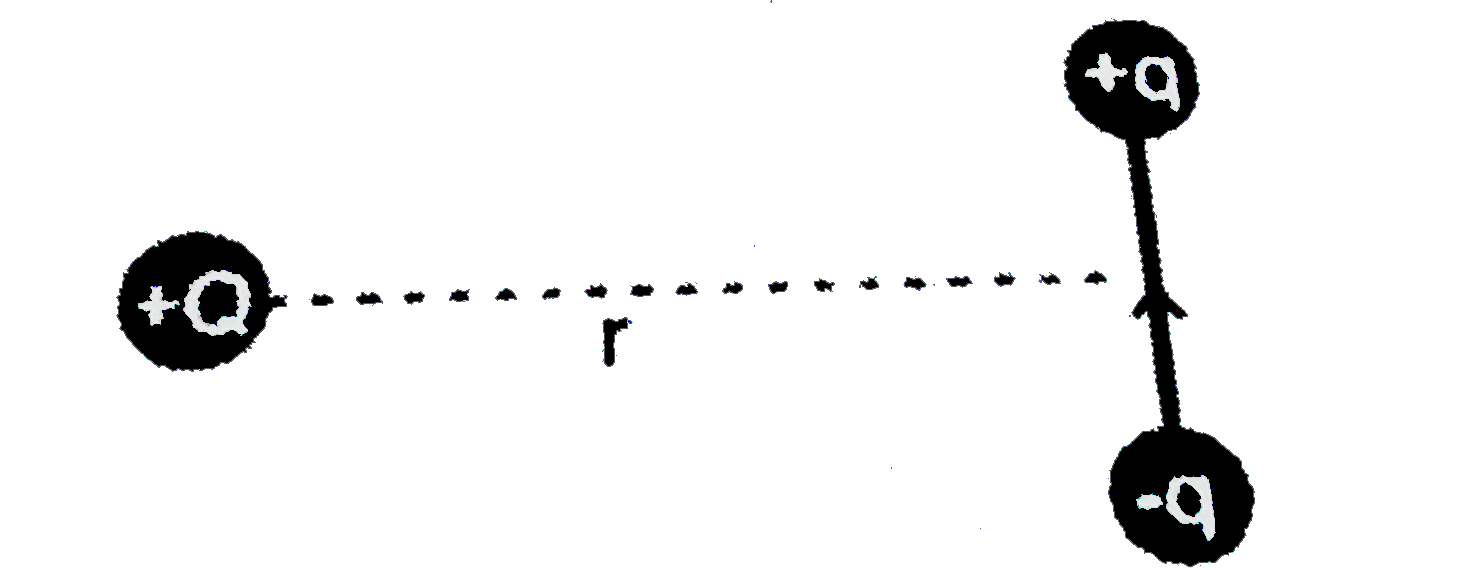 View Solution
View Solution_2019_CBT4_E01_072_Q01.png)
Four charges are arranged on y axis as shown in figure. Then the electric field at point P is proportional to:View SolutionIn a system of two dipoles placed in the way as shown in figure :
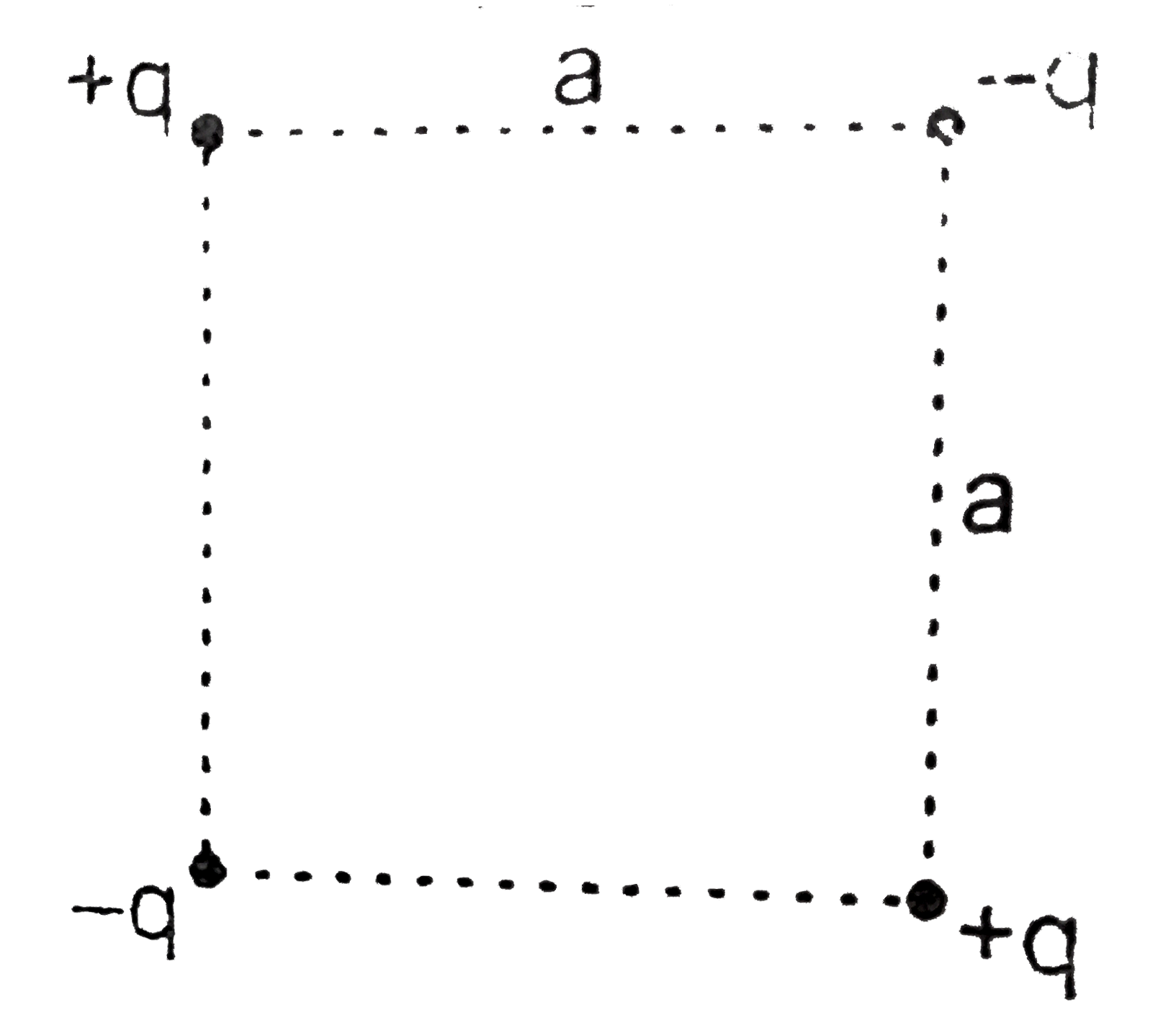 View Solution
View SolutionA dipole is placed at the origin such that its dipole moment is →p=−pˆi,0. The electric field and potential at (0,d,0) respectively are :
View Solution

